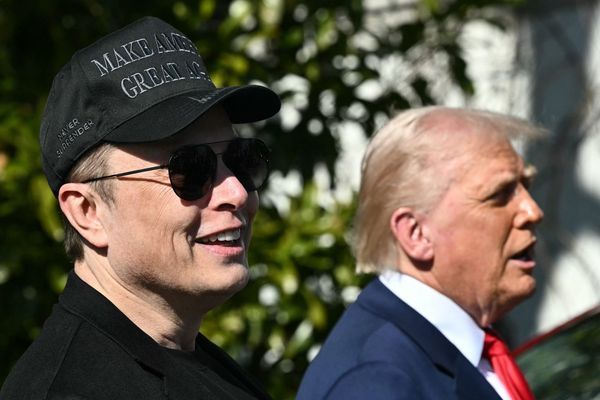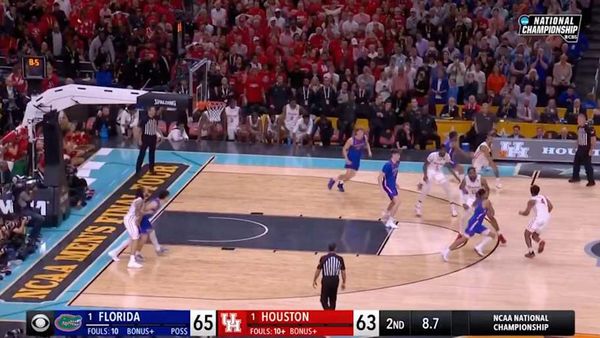BALTIMORE — More than a dozen men gathered for a banquet at Baltimore’s Belvedere Hotel in March 1914, and though they were set to embark into challenging, uncharted territory, they were brash and confident. The men were the stakeholders of the new Federal League — a rival to the established American and National Leagues — and every speech and statement was soaked in conviction.
“You can’t lose,” one said, and many invoked war: This new baseball league, already purloining star players, would triumph.
“If there is not room enough for three big leagues in this country,” another said, “you may paste it in your hat that the Feds will not be the ones to go to the wall.”
By the next year, 1915, however, the eight-team Federal League had dissolved. The league boasted future Hall of Famers — and Chicago’s Wrigley Field was built for a Federal League team — but it ultimately couldn’t compete with the American and National League, which fought to rid themselves of the upstart league. After two seasons, “the Feds” were gone.
And yet, an intangible consequence from that league, specifically, from Baltimore’s club, the Terrapins, remains significant even today.
Baltimore — eager for a major league team since one iteration of the Baltimore Orioles left after the 1902 season and later became the New York Yankees — welcomed the Terrapins, who wore orange and black, in 1914. They’d been dubbed “Baltimore’s big league club,” and so, while in 1915 two of the Federal League’s owners were permitted to buy into existing major league teams and five others accepted buyouts, the Terrapins declined a settlement of $75,000. They instead kept the fight alive in the courts, battling the two entrenched leagues by arguing that organized baseball had conspired to monopolize the sport.
The fight lasted years, until May 29, 1922, when the U.S. Supreme Court, headed by William Howard Taft, ruled against Baltimore and for the organized baseball leagues. The court said baseball was not interstate commerce, and thus, the Sherman Antitrust Act of 1890 did not apply.
That decision, made 100 years ago this week, has allowed MLB to enjoy an incredibly rare antitrust exemption today — giving it latitude and freedom that other industries and other pro sports leagues don’t have — even as most experts agree the exemption is flawed and illogical.
“Does the exemption make sense? No, it doesn’t,” said Ed Edmonds, a professor at Notre Dame Law School with a focus on antitrust law and baseball. “It hasn’t for a long, long time.”
A ‘unique’ exemption, based on ‘flawed law’
Though he had a celebrated career, Supreme Court Justice Oliver Wendell Holmes has received a barrage of criticism for the decision he wrote in the 1922 case, Federal Baseball Club of Baltimore, Inc. v. National League of Professional Baseball Clubs. And while a 2020 academic paper said he “blundered badly” in the decision, a paper published this year sought to “repurpose the ire” and the “blame” against Holmes and direct it toward two other decisions by the Supreme Court. Twice, the court, in 1953 and 1972, largely upheld baseball’s antitrust exemption.
The three cases have allowed baseball to operate without the scrutiny of antitrust law — rules set up to promote competition in business — and regardless of which court is to “blame,” the 1922 suit, brought by the Baltimore Terrapins, laid the foundation.
In the years since, other pro sports leagues have sought similar exemptions, without luck, and so MLB, bizarrely, remains in a class of its own. Patricia Campbell, a University of Maryland Carey School of Law professor who teaches antitrust law, said courts rarely create an antitrust exemption.
“So baseball’s exemption is pretty unique,” she said.
The Curt Flood Act, passed in 1998, removed baseball’s antitrust exemption as it relates to MLB players — but it kept the rest of MLB’s antitrust exemption intact.
“There’s a lot of other stuff there that it applies to,” said Nellie Drew, a University of Buffalo professor of sports law. “So things like minor league baseball, ownership transfers, the amateur draft, franchise relocation, licensing matters, all [those] sort of things.”
It allows MLB more control and gives it the power to make decisions without having to worry about antitrust law. And though it’s long imprinted into the fabric of baseball’s very business, it’s been opposed by many, including in the past year by both Republican Sen. Ted Cruz of Texas and progressive Independent Sen. Bernie Sanders of Vermont.
“I think it’s based on flawed law,” Drew said.
Avenues for change: Congress and the Supreme Court
In its third ruling regarding baseball’s antitrust status, in 1972, the Supreme Court passed the buck to Congress, saying that by “positive inaction,” the legislative branch had, in a way, endorsed the exemption.
“If there is any inconsistency or illogic in all this, it is an inconsistency and illogic of long standing that is to be remedied by the Congress and not by this Court,” it wrote.
Congress, over the years, has considered removing the exemption for various reasons. A year ago, Republican senators threatened to remove the exemption after MLB moved the All-Star Game from Atlanta to Denver following the passage of changes to voting laws in Georgia. Cruz said at the time that MLB “shouldn’t expect to continue to receive special benefits from Congress.”
Then, this year, Sanders announced a bill that would remove MLB’s exemption.
“The anticompetitive grip of Major League Baseball on the sport, its players, its workers, and its communities must end,” the bill reads.
Edmonds, the Notre Dame professor, said that over the past several decades there have been more than 100 bills concerning antitrust exemptions in baseball and other sports, but — in part due to the lobbying power of MLB — it’s highly unlikely legislation would overturn the exemption. The best chance, in his estimation, came two years ago, when MLB cut ties with 42 minor league teams.
“I don’t think Congress has much interest in overturning the exemption because that would’ve been probably the best opportunity in recent years for them to band together and say we’re going to get rid of this exemption,” he said.
Four teams that lost their affiliation with MLB sued last year in the Southern District of New York, arguing that MLB would not have been able to make such a move without its antitrust exemption.
“Virtually no other business in the United States would have even considered such a brazen horizontal agreement among competing businesses,” the lawsuit said. “MLB and its Clubs, however, had no such qualms because for almost a century they have laid claim to an anomalous, judicially created ‘get-out-of-jail-free card’ from antitrust scrutiny.”
In plain terms, the suit opposes the Supreme Court’s previous decisions.
“The time is at hand to cast the baseball exemption into the dust bin of antitrust history,” it stated.
Because the court has already affirmed the exemption twice and because it previously handed the issue to Congress, it may seem unlikely that it would overturn precedent. But last year, Justice Neil Gorsuch wrote that “this Court has refused to extend Federal Baseball’s reasoning to other sports leagues — and has even acknowledged criticisms of the decision as ‘unrealistic’ and ‘inconsistent’ and ‘aberration[al].’”
The suit goes on to say that, perhaps if the Supreme Court was given another chance, it would reconsider MLB’s exemption.
Said Campbell: “If you want a sports analogy, they’re throwing the court a lob.”
Armed with a century of precedent, MLB has labeled the lawsuit from the four former minor league teams as “patently frivolous,” but there remains a chance it could reach the Supreme Court.
“Here’s the court’s opportunity if it really wants to do away with the antitrust exemption,” Campbell said. “Who knows what’s going to happen? The court could very well say, it’s up to Congress. We just don’t know how it’s going to turn out.”
Forgettable, yet influential
Back at Belvedere Hotel in 1914, the emerging Federal League began with such confidence, eager to war with the establishment.
“If one may predicate the future of the Federal League baseball clubs from the spirit that was manifest last night,” read an article in The Sun, “the outlook of the new organization seems to be a rosy one indeed.”
But the Brooklyn Tip-Tops, Buffalo Blues, Chicago Whales, Kansas City Packers and Newark Peppers, among other Federal League teams, did not last. Baltimore’s star pitcher, Chief Bender, whom baseball historians credit with bringing the slider to prominence and is enshrined in the Hall of Fame, had the worst season of his career in Baltimore in 1915, when the Terrapins went 47-107.
For all the assertive optimism that the Federal League began with, it quickly shriveled. It wouldn’t be until decades later, in 1954, when Baltimore would finally get another major league team. The Orioles are now Baltimore’s big league club, and the Terrapins became the University of Maryland’s nickname. The Baltimore Terrapins were short-lived and forgettable — and yet, in a way, they live on in a century-old case and the puzzling precedent it created.







